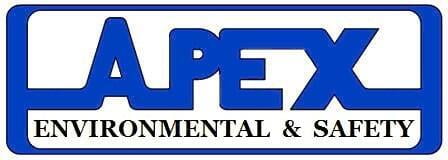Working at heights presents significant risks to workers' safety and requires strict adherence to safety protocols to prevent accidents and injuries. Whether it's working on roofs, scaffolds, or elevated platforms, following proper procedures is essential to ensure the well-being of all personnel.
Firstly, conduct a thorough risk assessment before starting any work at heights. Identify potential hazards such as unstable surfaces, falling objects, and adverse weather conditions, and implement appropriate control measures to mitigate risks.
Secondly, provide workers with the necessary training on working at heights, including proper use of fall protection equipment such as harnesses, lanyards, and anchor points. Ensure that workers understand how to inspect and properly wear their fall protection gear and how to safely navigate and work on elevated surfaces.
Thirdly, implement administrative controls such as establishing clear procedures for accessing and exiting elevated work areas, implementing a buddy system for monitoring each other's safety, and establishing emergency response protocols in case of accidents or incidents.
Lastly, monitor and enforce compliance with safety protocols and provide ongoing supervision and support to workers performing tasks at heights. Encourage workers to speak up if they encounter any safety concerns or hazards during their work.
By prioritizing safety and following established procedures, we can minimize the risks associated with working at heights and ensure a safe working environment for all employees.
Climate Change Awareness:
Climate change awareness is crucial for addressing one of the most pressing environmental challenges of our time. As organizations, it's essential to educate employees and stakeholders about the causes and impacts of climate change and inspire collective action to mitigate its effects.
Firstly, raise awareness about the drivers of climate change, including greenhouse gas emissions from human activities such as burning fossil fuels, deforestation, and industrial processes. Help employees understand how their daily activities and consumption patterns contribute to carbon emissions and global warming.
Secondly, highlight the impacts of climate change on ecosystems, communities, and economies, including extreme weather events, sea-level rise, biodiversity loss, and food insecurity. Foster empathy and understanding for the vulnerable populations disproportionately affected by climate change.
Thirdly, promote sustainable practices and initiatives within the organization to reduce greenhouse gas emissions, conserve natural resources, and promote environmental sustainability. Encourage employees to reduce energy consumption, minimize waste, and adopt eco-friendly behaviors both at work and in their personal lives.
Lastly, support and participate in climate action initiatives, such as carbon offset programs, renewable energy projects, and advocacy efforts for climate policy and regulation. By engaging with stakeholders and collaborating with other organizations, we can amplify our impact and drive meaningful change in the fight against climate change.
By prioritizing climate change awareness and taking proactive steps to reduce our carbon footprint, we can contribute to a more sustainable and resilient future for all.

